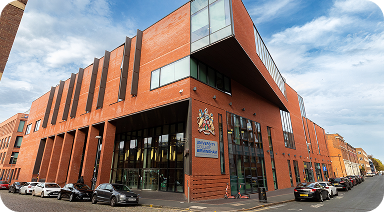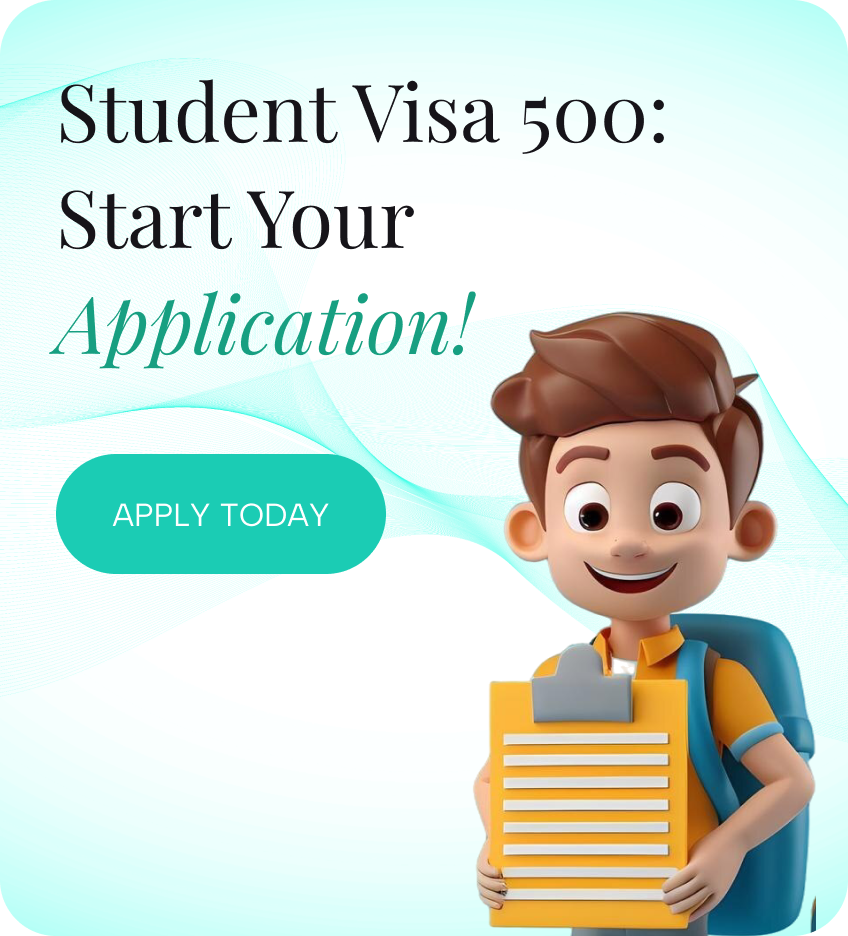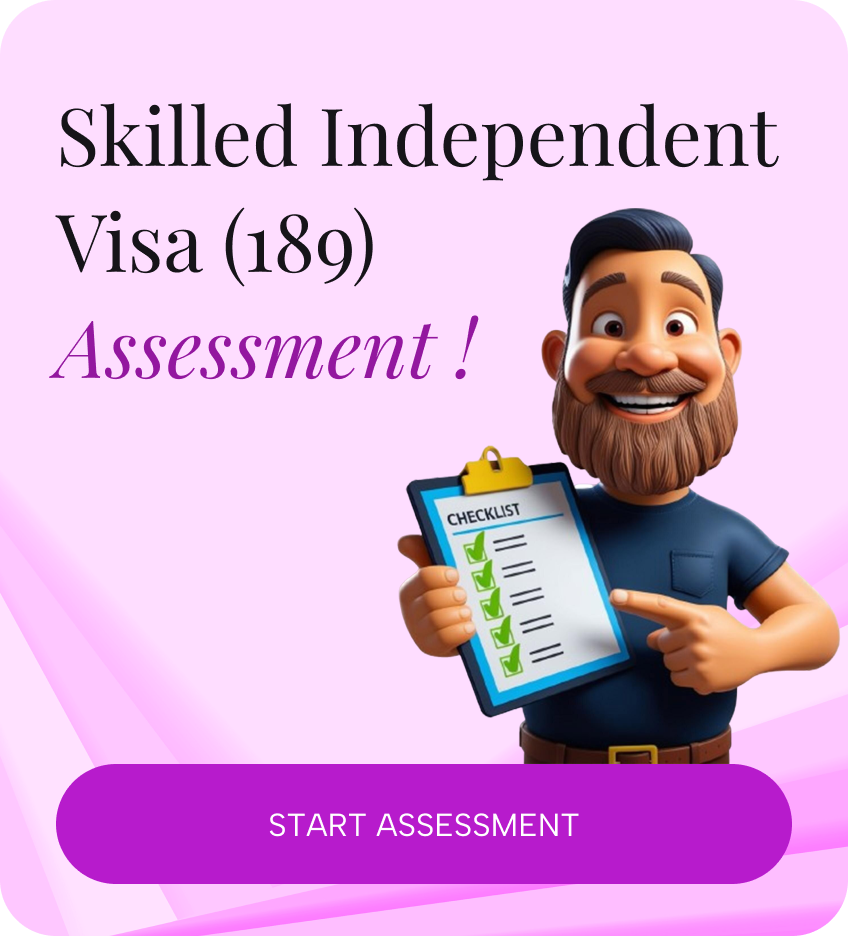
A Beginner's Guide to the Australian Immigration Process
 Admin
Admin Australia is considered to be one of the most popular countries where individuals seek to commence their new life in a foreign country. No wonder thousands of people send applications to migrate every year to its high quality of living, its strong economy, and its multicultural society. But the immigration procedure in Australia can be frustrating and a daunting process, at least to first-time visitors.
In this guide, we are going to divide the step-by-step process of migrating to Australia into parts, including what type of visa you need, what type of qualifications you need to be eligible, the application process, and some tips that you can consider to give yourself the best chance to succeed.
Why Migrate to Australia?
Before digging into the immigration process, we can take a glance at some of the reasons why Australia is an extremely popular destination among migrants:
- Good economy and employment.
- Superior education and health.
- Beautiful scenery and clean air.
- A diverse and non-discriminating society.
- The avenues to permanent residence and citizenship.
Step 1: Understand the Different Visa Options
Australia offers a wide range of visa types, depending on your reasons for migrating. Here are the main categories:
1. Skilled Migration Visas
For people with skills in demand in Australia. This includes:
- Subclass 189 (Skilled Independent Visa)
- Subclass 190 (Skilled Nominated Visa)
- Subclass 491 (Skilled Work Regional Visa)
These are points-tested visas, which means applicants are ranked based on age, education, work experience, English proficiency, and other factors.
2. Family and Partner Visas
For those with close family or partners in Australia:
- Partner Visa (subclass 820/801 or 309/100)
- Parent Visas
- Child Visas
3. Student Visas
If you're planning to study in Australia, you’ll need a Student Visa (subclass 500). It allows full-time study and part-time work rights.
4. Employer-Sponsored Visas
For skilled workers sponsored by Australian employers.
- Temporary Skill Shortage (TSS) Visa (subclass 482)
- Employer Nomination Scheme (subclass 186)
5. Business and Investment Visas
For entrepreneurs or investors planning to start a business in Australia.
- Business Innovation and Investment Visa (subclass 188/888)
Understanding which visa suits your profile is the first crucial step in the Australian immigration process.
Step 2: Check Your Eligibility
Each visa type has specific eligibility requirements. For example, if you’re applying under the skilled migration stream, you’ll typically need to:
- Be under 45 years of age
- Have a good English language score (IELTS, PTE, etc.)
- Nominate an occupation on Australia’s skilled occupation list.
- Get a positive skills assessment from a relevant authority.
- Score a minimum of 65 points on the points test
The higher your points, the better your chances of receiving an Invitation to Apply (ITA).
Step 3: Skills Assessment and Expression of Interest (EOI)
If you’re applying for a skilled visa, two critical steps follow:
- Skills Assessment : You must get your qualifications and work experience assessed by the relevant assessing authority. For example, IT professionals go through the ACS (Australian Computer Society), while engineers go through Engineers Australia.
- Expression of Interest (EOI): Once your skills assessment is positive, you can submit an EOI through SkillSelect, the Australian government’s online system. You’ll enter details like your age, qualifications, language ability, and experience. You’ll be placed in a pool of candidates, and if your profile is competitive, you may receive an Invitation to apply for a visa.
Step 4: Submit Your Visa Application
After receiving the invitation, you’ll have 60 days to submit a complete visa application. This includes:
- Personal and family details.
- Police clearance certificates.
- Health checks.
- Proof of English proficiency.
- Identity documents.
- Supporting documents (employment records, qualifications, etc.)
Most applications are lodged online via the ImmiAccount portal on the Department of Home Affairs website.
Step 5: Wait for a Decision
Processing times vary depending on the visa type and the complexity of your application. For example:
- Skilled visas may take 6–12 months
- Partner visas can take 12–24 months.
- Student visas are usually processed within a few weeks.
During this period, you may be asked to provide additional documents or attend an interview.
Step 6: Visa Approval and Moving to Australia
Once your visa is approved, congratulations! You’re one step closer to your new life in Australia.
Your visa grant notice will outline your visa conditions, start date, and any travel restrictions. Make sure to read it carefully.
Before arrival, it's important to remember the following things: book your flight, find your temporary accommodation, arrange health insurance, and must have Open an Australian bank account. Also, if you are unemployed, then start searching for your job.
Step 7: Settling in Australia
Migration is not just about moving countries; it’s about starting a new chapter of your life. Here are some tips for a smooth transition:
- Get familiar with local laws and customs.
- Apply for a Tax File Number (TFN) if you're working.
- Enroll in Medicare if eligible.
- Join local community groups or networks.
- Explore education options for your children.
It's important that you always keep track of your visa conditions and renewal timelines.
Common Challenges in the Australian Immigration Process
The Australian immigration process is not always straightforward. Here are a few challenges you might face:
- Understanding complex visa regulations.
- Meeting strict eligibility criteria.
- Delays in document processing or verification.
- High application fees.
- Navigating point-based ranking systems.
Many people choose to consult with Registered Migration Agents (RMAs) to get expert help and avoid costly mistakes.
How to Improve Your Chances of Migration Success
If you’re serious about learning how to migrate to Australia, here are a few practical tips:
- Improve your English test score (IELTS, PTE, TOEFL)
- Gain relevant work experience in a high-demand field.
- Consider regional migration visas, which are less competitive.
- Get professional advice from a licensed migration agent.
- Stay updated with immigration news and changes to occupation lists.
Factors affecting the processing time
Many factors can affect processing time. The time can vary every month because of factors such as the number of applications coming in, seasons that see a higher number of applications, a higher number of complex cases, or incomplete applications. Other reasons that impact processing times include:
- Incorrect applications.
- Absence of supporting documentation.
- Any questions posed by immigration agents are given careful consideration.
- Demand in Australia for the applicant's line of work.
Final Thoughts
Understanding the Australian immigration process can feel like navigating a maze. However, with the right information, proper planning, and a step-by-step approach, it’s entirely achievable.
Whether you're looking to start a new career, reunite with family, study at a top university, or enjoy a better quality of life, Australia offers countless opportunities for those willing to leap.
Remember, migration is a journey, not just a paperwork process. Preparation, patience, and perseverance are key.
Categories:
Related Blog Article :

The Cost of Living in Brisbane for New Migrants: A Breakdown

Contributory Parent visa (Subclass 143)
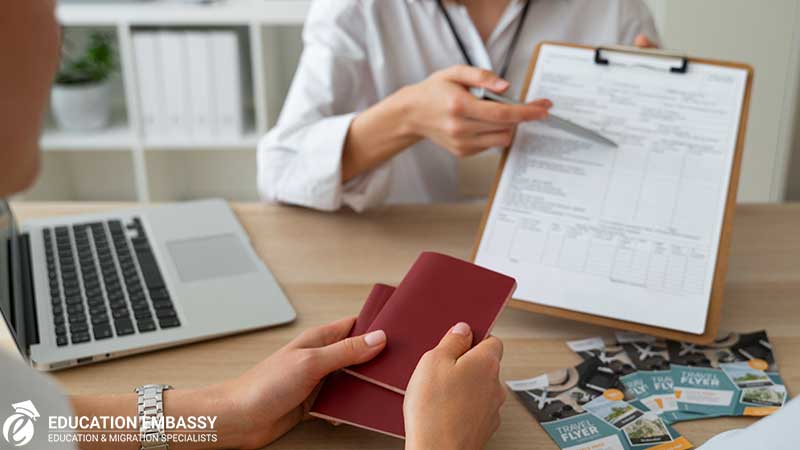
Resident Return Visa - Subclasses 155 And 157

Australian Passport Renewal

Australia Subclass 491 Visa: Eligibility, Documents, Process, and more

Australia PR Points Calculator
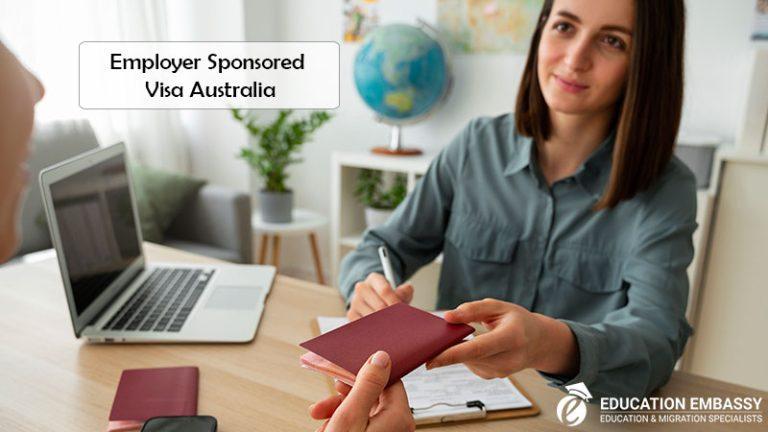
Employer Sponsored Visa Australia
Related Videos :
